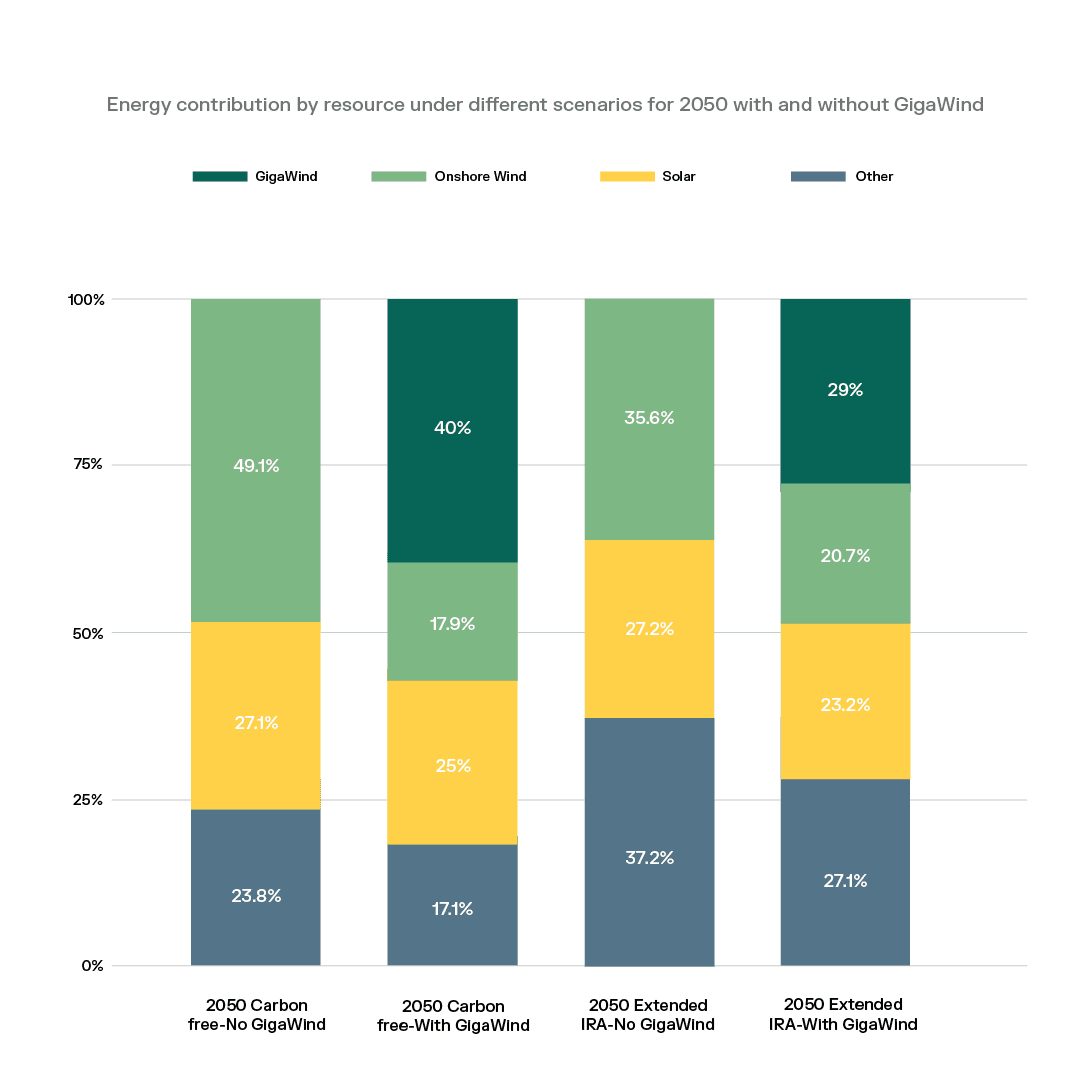Strategic Airlift Is a Left Tackle. And Ours Is Breaking Down.

Strategic Airlift Is a Left Tackle. And Ours Is Breaking Down.
By General Mike Minihan (USAF Retired)
The C-5 Super Galaxy is a great left tackle. Nobody disputes that. It’s massive, it’s strong, and it’s carried this team through some of our biggest wins. At its peak, it was a Super Bowl champion and MVP—moving mountains when America needed it most. The only thing better than the mighty Galaxy are the Airmen who fly, fix, and support these mammoth airplanes.
But the game has changed. And so must our playbook.
Today, the C-5 is eating up money that should be going toward more modern systems—and it only shows up for half the games. Its mission-capable rate hovers around 50 percent. In football terms, we’ve got a star player with a huge contract who spends more time on the injury list than protecting the quarterback. Meanwhile, the C-17 fleet—our most reliable teammate—continues to grind it out, increasingly stretched thin across global missions it wasn’t designed to do alone.
We honor the C-5’s legacy. It has delivered in every major conflict since Vietnam. But nostalgia doesn’t win tomorrow’s fights. And the threats we face—from China’s pacing challenge to Russian unpredictability—demand mobility that’s faster, more flexible, and more resilient.
Especially in the Indo-Pacific, where tyranny of distance is real, we can’t afford linemen who can’t get on the field and explode the Joint Force into position and action. We need a left tackle on the O-line who is big, fast, reliable—and available.
Volume Is the New Bottleneck
Most people think the challenge is weight. It’s not. It’s volume. Today’s military aircraft often run out of space before they run out of lift.
Modern joint capabilities—long-range radars, CH-47s, mobile hospitals, hypersonic platforms—are oversized but not overweight. Disassembling, shipping, and reassembling them wastes time, risks damage, and strains limited logistics personnel. And doing that in a denied or contested environment? Borderline impossible.
What we need is an airlift system that can deliver full systems intact—not in pieces. One that rolls on ready and rolls off ready. One that supports Agile Combat Employment (ACE) and all Services’ agility concepts by moving massive, complex systems to the edge, fast.
We need to start thinking beyond traditional procurement cycles and open the door to commercial-scale airlift—built around availability, payload flexibility, and the ability to operate from shorter, unprepared runways using standard ground equipment. That’s not fantasy. That’s viable right now.
A New Model for Strategic Mobility
To best honor the C-5, we need to sunset it on our terms—not on its terms. That means offloading some of its load to purpose-built commercial partners that can carry the volume, relieve the C-17, and give the Joint Force more options—not fewer.
One of the most promising examples is a new aircraft called WindRunner, by Radia. It’s not a replacement for the C-5—it’s a reinforcement. It was designed with the Indo-Pacific in mind: over 7,000 cubic meters of cargo volume (roughly 12x a C-17), short takeoff and landing on unpaved runways, roll-on/roll-off operations, and compatibility with standard loading equipment. Radia started developing WindRunner in 2016 to move large energy products (think oversized wind energy turbine blades), and then evolved into a dual-use aircraft, given the military imperative in the US and with allied nations.
But the real shift is this: it operates as a service-based model—not a platform DoD has to own, maintain, or manage. That unlocks flexibility. It deepens the Civil Reserve Air Fleet. It reduces the strain on existing mobility fleets and complements NATO and Allied logistics modernization efforts. It lets us surge what we need, when we need it.
That’s how you respect the legacy: by transitioning it smartly—not watching it fail on the field.
Build the Pocket, Win the Game
Our “quarterback”—the Joint Force—can’t execute without protection. Left tackle isn’t about glory. It’s about time and space. Strategic airlift gives the offense room to maneuver, sustain, and respond. And right now, we don’t have enough of it. If we want to win the next Super Bowl—not relive the last one—it’s time to draft the next left tackle.
Not to replace the legends. But to make sure the quarterback doesn’t get blindsided when it matters most.




